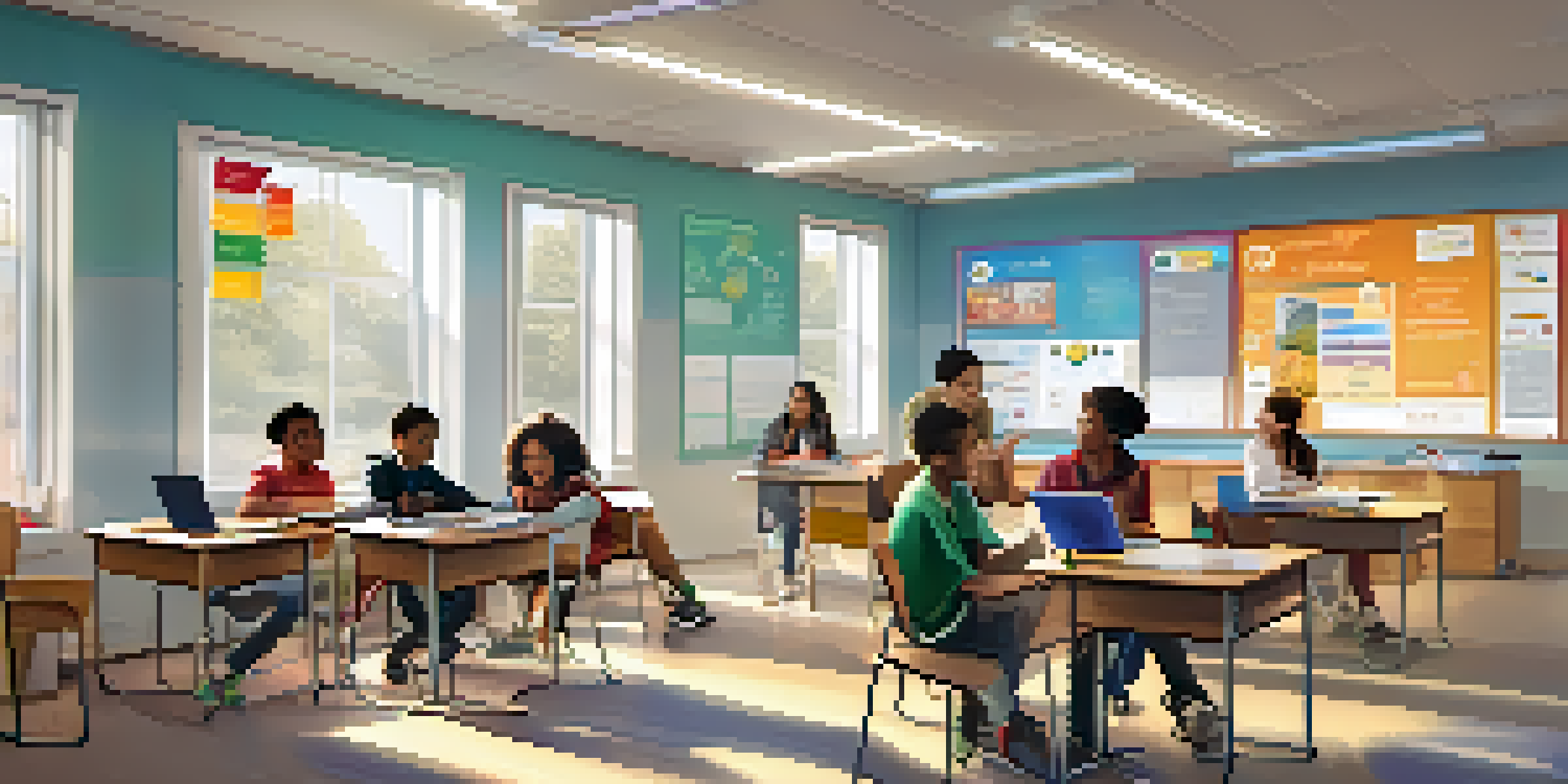Enhancing Teacher Training for Effective Blended Learning

Understanding Blended Learning: Definition and Importance
Blended learning combines traditional face-to-face teaching with online instruction, offering flexibility and accessibility. This approach is particularly beneficial in diverse classrooms, accommodating different learning styles and needs. By understanding what blended learning entails, educators can appreciate its potential to enhance student engagement and learning outcomes.
Identifying the Challenges in Teacher Training
Teachers often face obstacles when transitioning to blended learning environments, including lack of training and insufficient resources. Many educators may feel overwhelmed by the technology or unsure about how to integrate online tools effectively. Recognizing these challenges is the first step in developing targeted training programs that empower teachers.
Blended Learning Enhances Flexibility
Blended learning combines in-person and online instruction, catering to diverse learning styles and increasing accessibility.
Key Skills Teachers Need for Blended Learning Success
To thrive in a blended learning environment, teachers must master both digital tools and pedagogical techniques. Skills like online facilitation, technology integration, and data analysis are crucial for creating effective learning experiences. By focusing on these key areas, training programs can better prepare educators to engage students both in-person and online.
Creating Effective Training Programs for Educators
Effective training programs should be practical, interactive, and tailored to teachers' specific needs. Incorporating hands-on workshops and collaborative projects can help educators apply what they learn in real-world scenarios. Additionally, ongoing support and mentorship can reinforce skills and build confidence as teachers implement blended learning strategies.
Teacher Training Faces Key Challenges
Many educators struggle with transitioning to blended learning due to a lack of training and resources.
Leveraging Technology for Teacher Development
Utilizing technology in teacher training can enhance accessibility and engagement. Online courses, webinars, and virtual communities allow educators to learn at their own pace while connecting with peers. These resources can provide ongoing professional development, ensuring that teachers stay updated on the latest trends and tools in blended learning.
Fostering a Collaborative Learning Environment
Collaboration among educators can significantly enrich teacher training experiences. By facilitating discussions, sharing best practices, and working on joint projects, teachers can learn from one another. This sense of community not only enhances professional growth but also fosters a supportive atmosphere where teachers feel more comfortable experimenting with new techniques.
Collaboration Boosts Educator Growth
Creating a collaborative environment among teachers enhances training experiences and fosters professional development.
Assessing the Impact of Training on Student Outcomes
To gauge the effectiveness of teacher training for blended learning, it's essential to assess its impact on student outcomes. Gathering data on student engagement, performance, and satisfaction can provide valuable insights. By analyzing these metrics, educators and administrators can refine training programs and strategies to better meet the needs of both teachers and students.
Looking Ahead: The Future of Teacher Training
The future of teacher training in blended learning will likely involve continuous evolution and adaptation. As technology advances and educational paradigms shift, training programs must remain flexible and responsive. By embracing innovation and prioritizing ongoing professional development, educators can ensure they are well-equipped to meet the challenges of tomorrow's classrooms.